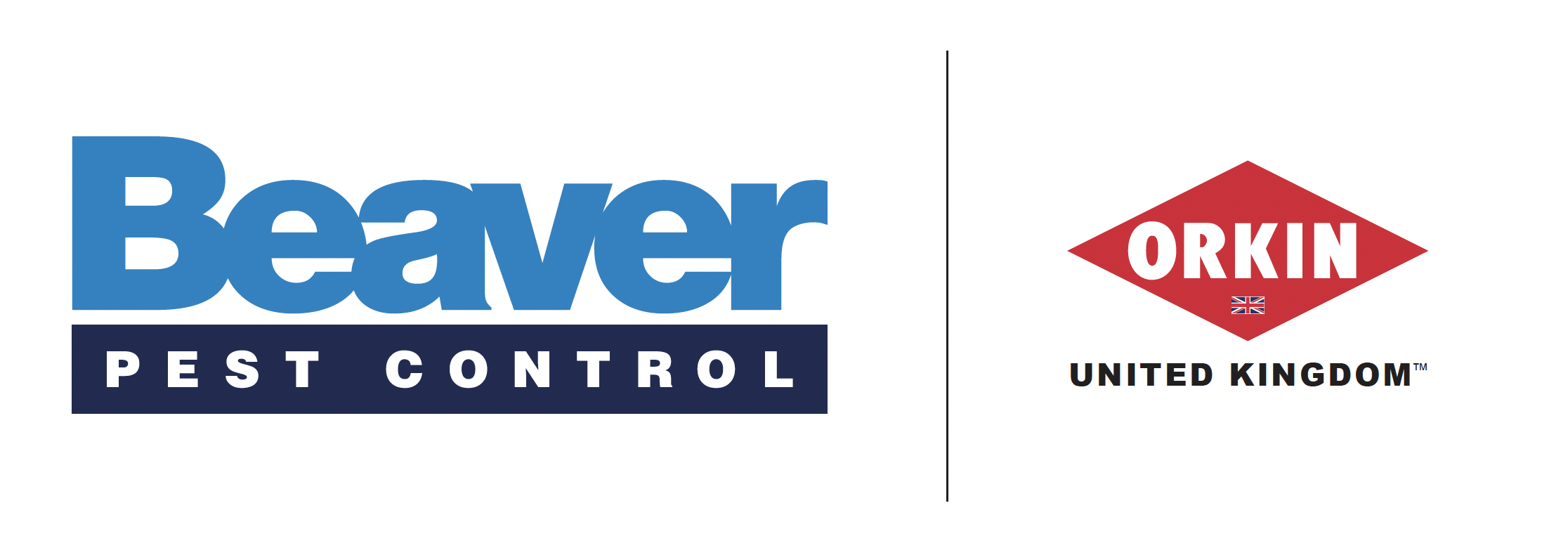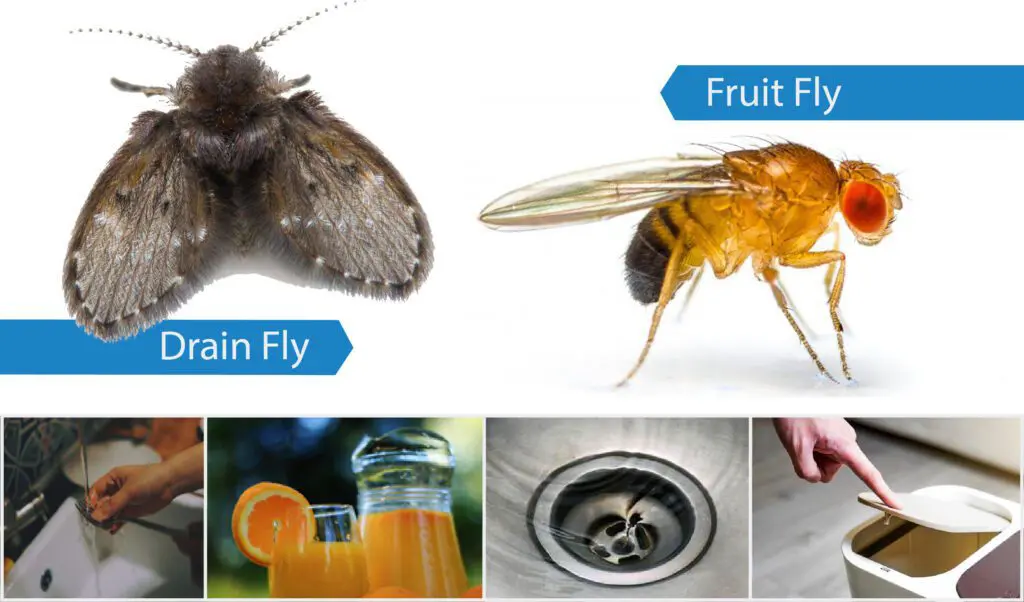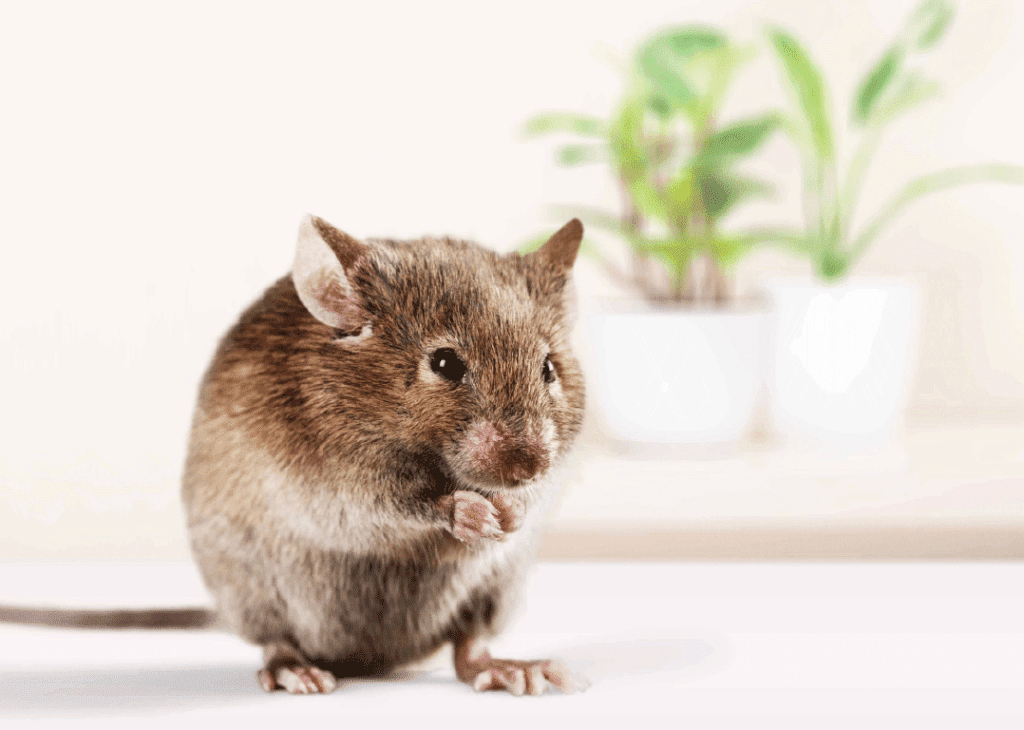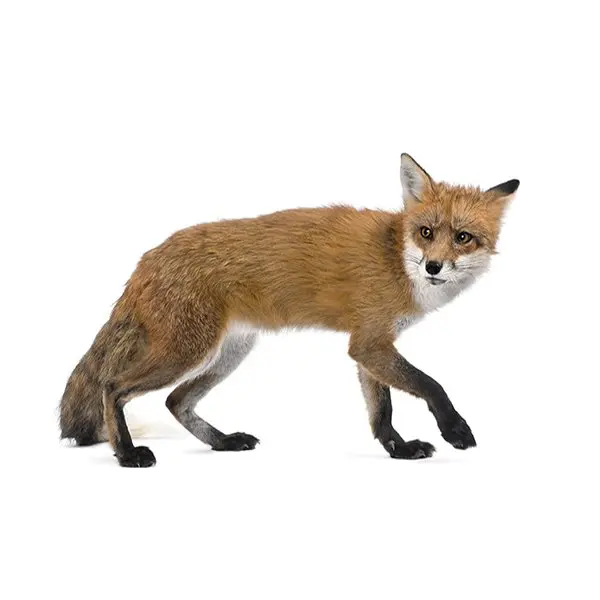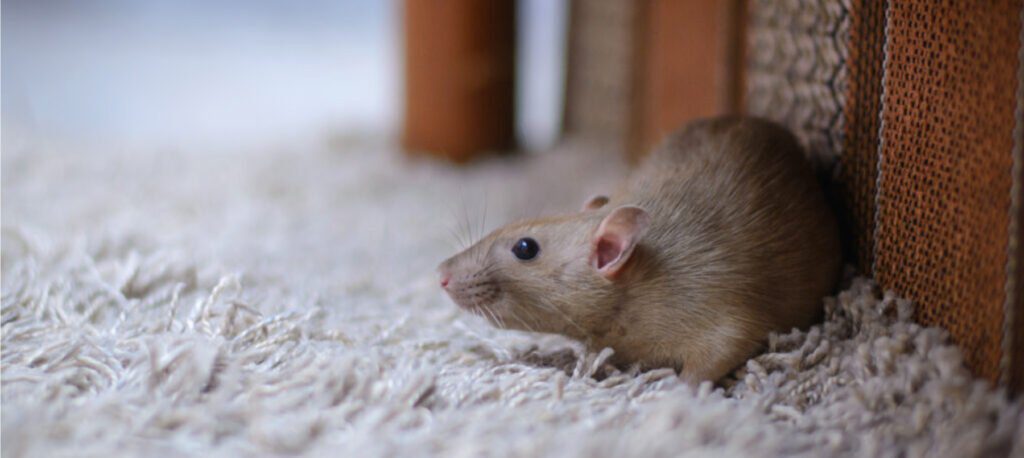How Beaver have improved sustainability in Pest Control operations
Case Study
How Beaver have improved sustainability in Pest Control operations
Author – Julia Pittman
Company – Beaver Pest Control
Title – Head of Sales
We are growing quickly so improving sustainability while continually training new staff and maintaining service levels is a challenge. In the last 3 years we have increased our staffing numbers from 28 to 60 and increased our turnover from £1.8M to £3.6M. We have always had a green ethos and regularly look for new ways to improve sustainability and reduce carbon emissions:
Using Footmen and zoning to reduce carbon emissions.
Regional – We are still a regional company covering London and the South East. As our portfolio grows our areas become denser which reduces travel time and driving miles. Our company strategy is to stay regional and continue to increase route density which will make us more sustainable.
Lightfoot – After a successful trial our entire fleet is now fitted with Lightfoot. Lightfoot encourages better driving through the monitoring of engine revs and a reward system for elite driving. We have been amazed by the response of our team. Technician’s who were previously considered poor drivers, are now top of the elite drivers scoreboard. The system is predicted to reduce fuel costs by 20%.
Green zone – Our first Green Zone was SW17, our home. We now have a Central London Green Zone where pest control is carried out by seven foot technicians covering SW1,W1, WC, SE1 and The City. All travel is either by foot or using public transport. Equipment and materials are stored at our Central London stores reducing the need for our vehicles to enter Central London. We are now in the process of expanding the Green Zone to W2, W8,W14 and SW5.
Increasing sustainability through technology
New system – All reporting is now electronic, with reports e-mailed automatically to the customer two hours after the visit is completed. This new system has reduced the need for hard copy reports, paper, printing, and has improved efficiency. For large group customers report are e-mailed direct to site and also to head office. This gives head office complete visibility over any pest issues on site without the need for site visits.
Whatsapp – As well as e-mailed reports we use secure Whatsapp’s group for our larger group customers. The group is used for site pictures so that facilities managers can see what is going on without the need for a site visit.
This system has really improved communication between site and remote FM’s.
Motion sensor cameras – Motion sensor cameras are available to monitor activity on site. Activity is e-mailed back to the Beaver office by the system for analysis.
Bio-acoustic systems – We use bio-acoustic systems as bird deterrents. These systems operate 24/7 and deter birds from nesting and landing on the buildings permanently. The system just requires a 3 monthly visit by a technician to check operations and adjust any of the computer generated distress calls.
Advice
Beewise – Our team sit on special interest groups for the British Pest Control Association. The aim of the Beewise SIG is to provide education and advice which protects bees from unnecessary treatment.
To find out more about Beaver Pest Control please contact Julia Pittman, Julia@beaverpest.co.uk, 07943152502


